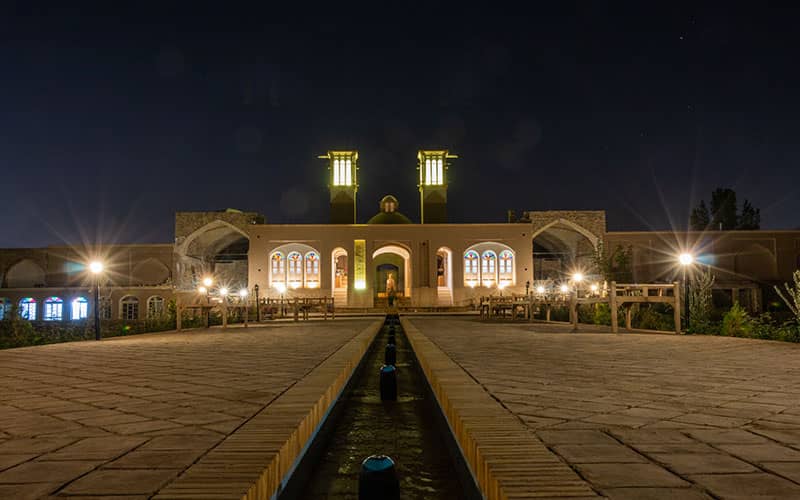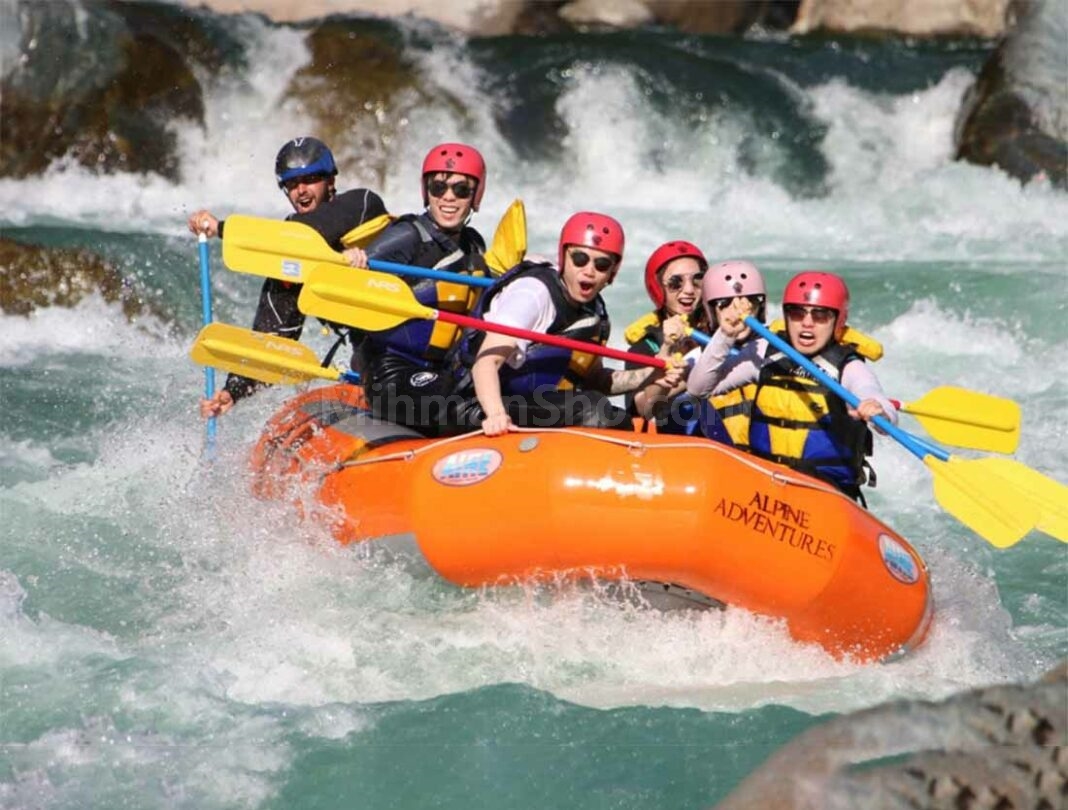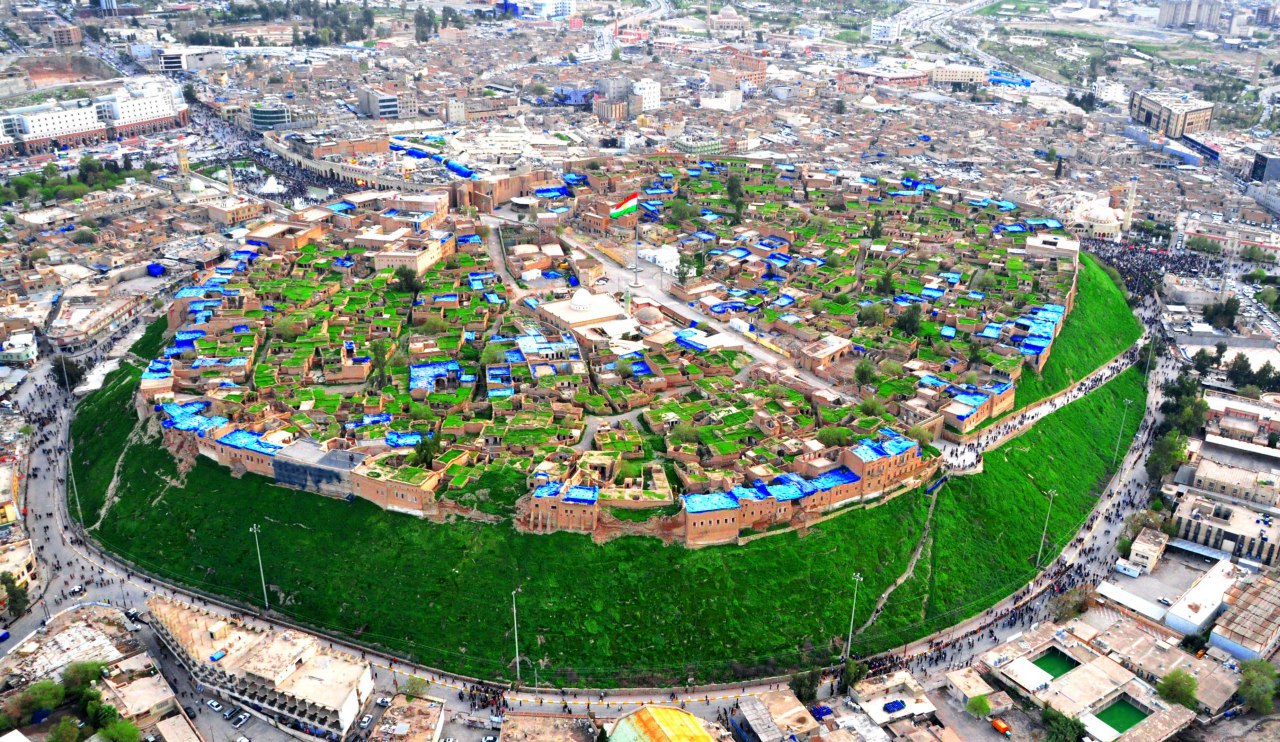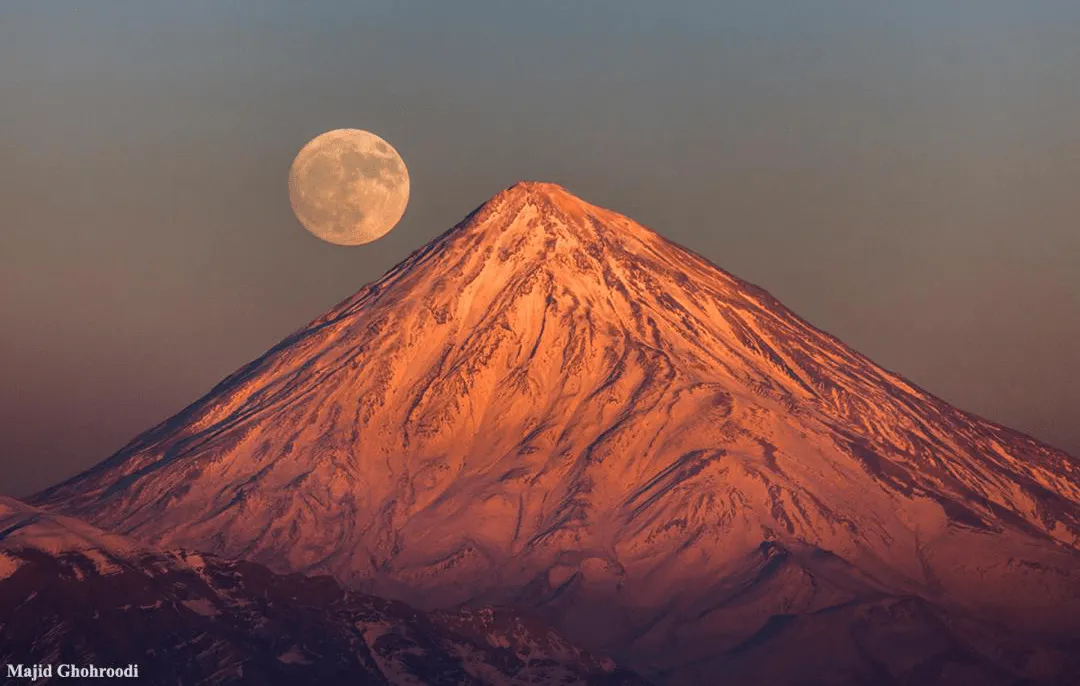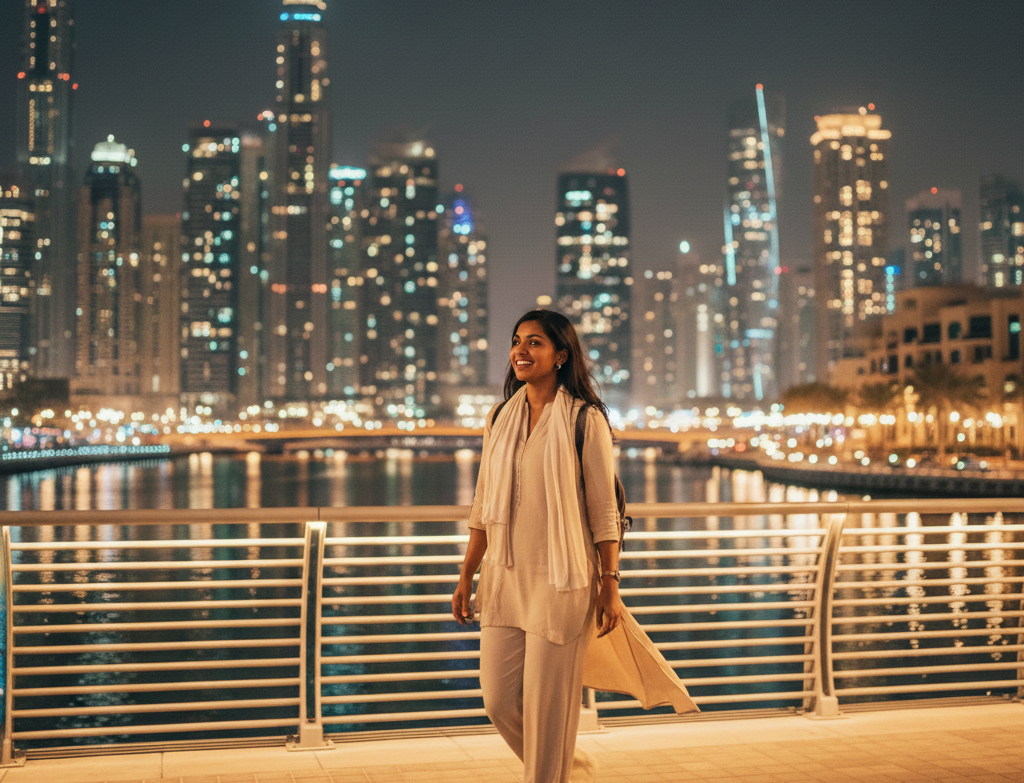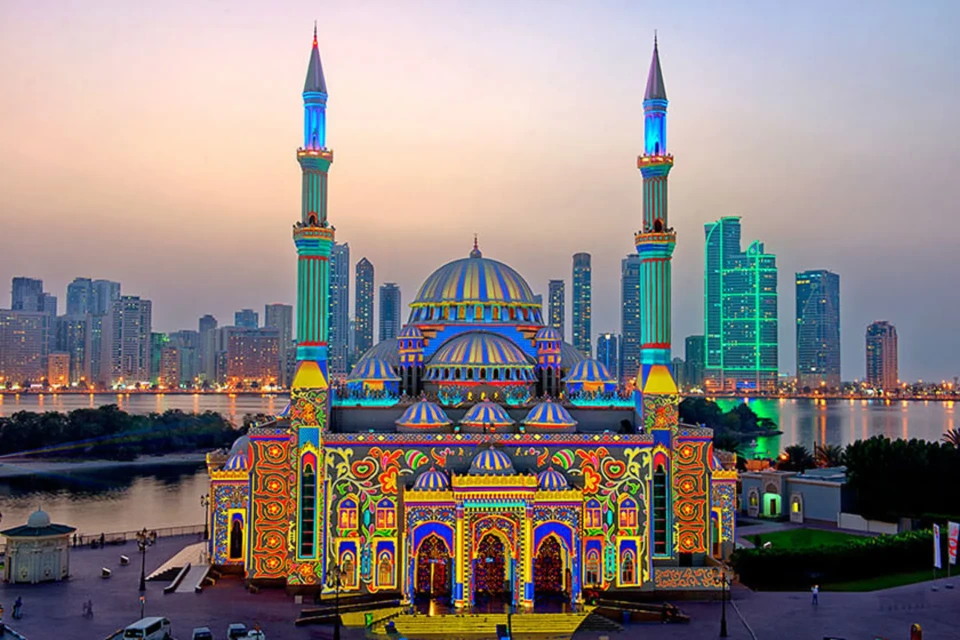Sights to See in Aran and Bidgol: Desert City in Isfahan
Aran and Bidgol are northern cities in the Isfahan province, located to the north of the central deserts of Iran and the Salt Lake. Due to its geographical location, the region experiences hot summers and cold, dry winters. The names Aran and Bidgol are both local and official designations for this area, with various theories about the origin of these names.
Historical findings suggest the ancient roots of this region, showcasing its rich history and culture. Aran and Bidgol are believed to have functioned as two large fortresses until the late Qajar period, each with its own defensive structures such as towers and walls. Over time, these two entities merged and evolved into the present-day city of Aran and Bidgol, situated on the outskirts of the central desert of the country.
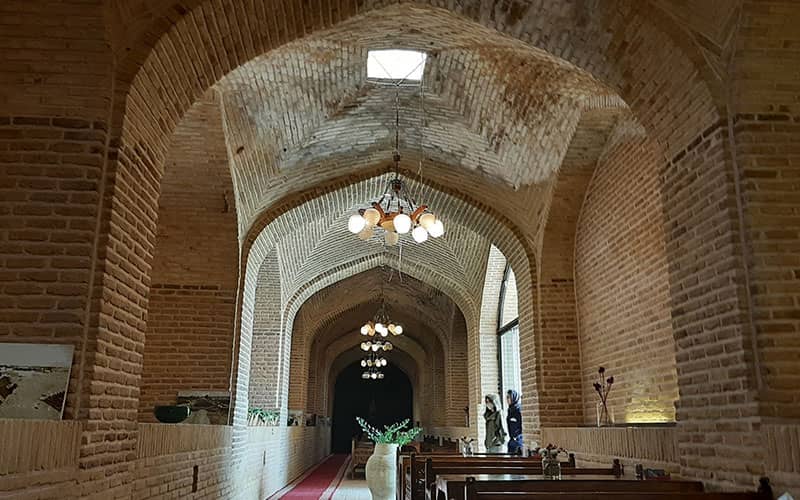
The city boasts numerous historical attractions, many of which date back to the Islamic era. Aran and Bidgol, resembling two large citadels in the past, were initially constructed adjacent to each other with defensive features. As the city expanded, they eventually merged into one, transforming into the city we see today. This desert city is home to various historical sites and landmarks that attract tourists, especially those interested in natural and historical wonders. Let’s explore some of the noteworthy places in Aran and Bidgol.
1. Historical Caravanserai of Marnjab
– Location: 50 kilometers northeast of Aran and Bidgol
Constructed by the order of Shah Abbas I Safavi near the Salt Lake along the Silk Road, the Caravanserai of Marnjab is a historical gem. Despite being abandoned following the shift of the capital to Tehran and the establishment of new communication routes, it has been recently renovated by the Cultural Heritage, Handicrafts, and Tourism Organization and now serves as a tourist accommodation in the desert.
2. Reisheh Bath in Aran and Bidgol
– Address: Aran and Bidgol, 22 Bahman Street
Reisheh Bath is one of the oldest baths in the region, dating back to the Safavid era. Spread over an area of over a thousand square meters, it was constructed using bricks, plaster, lime, tiles, and stones. The bath consists of three main sections: the hot chamber, cold chamber, and intermediate area, along with toilets and showers. Reisheh Bath is a registered national heritage site in Iran, and the city boasts a total of nine historical baths with Reisheh Bath being one of the most significant.
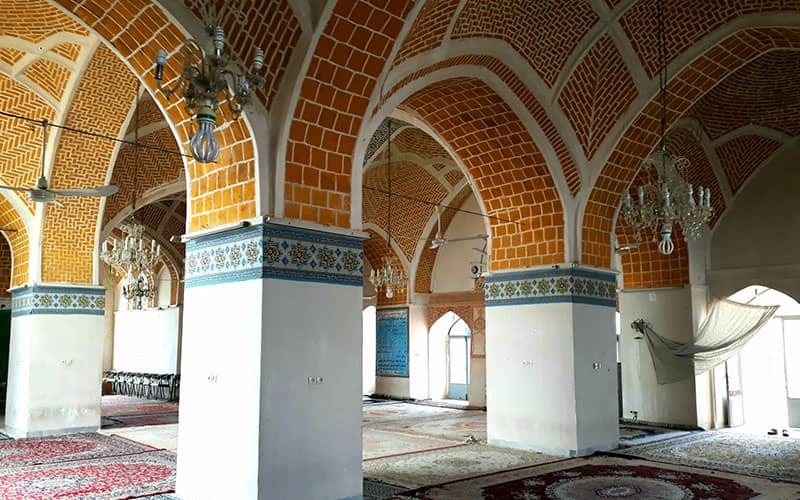
3. Historical Complex of Qazi Aran
– Address: Aran and Bidgol, Qazi Historical Complex
This historical complex is a relic from the Seljuk period and is listed as a national heritage site in Iran. It includes the Jameh Mosque, Hosseiniyeh (prayer hall), Mehdiyeh (religious institution), the mausoleum of five Imamzadehs (descendants of Imam Mohammad Baqir), a water reservoir, and eastern and western bazaars. Located 10 kilometers northeast of Kashan, the Qazi Aran Historical Complex preserves the architectural and cultural heritage of the region.
4. Jameh Mosque of Qazi Aran
– The Jameh Mosque of Qazi Aran is likely one of the oldest historical structures in the area, believed to have been built by the order of Shah Tahmasb I during the early Islamic era. A gypsum inscription in the mosque, adorned with the beautiful calligraphy of Abu al-Qasim Kashani, dates back to the Qajar era (1238 AH). The mosque features a summer prayer hall, main courtyard, Mehdiyeh, and a building dedicated to the five Imamzadehs.
These are just a few of the historical treasures that Aran and Bidgol offer to visitors. The region’s rich history, combined with its natural beauty, makes it a compelling destination for those interested in exploring Iran’s cultural heritage.
5. Shaker Historical Garden House
The Shaker Historical Garden House is located in the Hosseinabad farm. This historical building with dome-shaped architecture covers an area of over 6,000 square meters and was constructed in the early Qajar period. The preserved and renovated structure is listed in the national heritage of Iran.
6. Water Reservoirs
This historical city boasts numerous water reservoirs, each with its own historical significance. Notable examples include the Qazi neighborhood, Grand Square, Bazaar neighborhood, Friday Mosque, and Gaz Water Reservoir. Gaz Water Reservoir, situated amidst the desert, stands out as a masterpiece of Qajar-era architecture due to its robust and beautiful construction.
7. Imamzadeh Mohammad Helal
– Address: Aran and Bidgol, Sajjadieh Area
Imamzadeh Mohammad Helal is considered one of the most beloved religious sites in Isfahan province, featuring beautiful decorations of marquetry tiles, large courtyards, and stunning flower arrangements. Dating back to the Safavid era, this unique architectural marvel was commissioned by Karim Khan Zand for the mirrorwork on the shrine’s ceiling. The complex includes an impressive portal, eight entrances, large courtyards adorned with marquetry tiles and plasterwork, a grand dome, and beautifully crafted flower arrangements, showcasing the artistic prowess of tilework.
8. Salt Lake
– Address: 35 kilometers northeast of Aran and Bidgol
The Salt Lake, covering an area of approximately 647 square kilometers amid the Maranjab Desert, is a major attraction. The geometric patterns formed by its salt deposits are visually stunning. The floating island within the southern coast, known as Sargordān Island, is situated about 15 kilometers inside the lake and is believed to be composed of volcanic rocks, with the highest point reaching 808 meters above sea level. The mesmerizing disappearance of the island’s ends on the horizon creates a captivating view, resembling a drifting ship in the endless sea of the desert.
9. Maranjab Desert
– Address: Aran and Bidgol County, Maranjab Road, Maranjab Desert
Maranjab Desert, located in the northern part of Aran and Bidgol County, is believed to have been named by Shah Abbas Safavi. Its tall sandy hills, Tamarisk forests, salt lakes, and incredibly beautiful night skies make it a remarkable destination. Notable sights in the desert include the Well Digging Salt Bazaar, Dastkan Well, Tall Sand Dunes, Kolahgazi Mountain, Karshahi Castle, Yekhab Mountain, and Matinabad Camp. The scarcity of freshwater in the region has historically made survival challenging, leading to the former name “Mard-e Ranj Ab” (Man of Water Hardship), which evolved over time into “Maranjab.” Today, the desert is a popular destination among tourists and nature enthusiasts, offering a unique and captivating experience.
10. Hunting Forbidden Area Yekab
– Address: 4 kilometers from Aran and Bidgol
Located 4 kilometers west of the Aran and Bidgol county, the ‘Hunting Forbidden Area Yekab’ is a natural region under environmental protection. Parts of its northern border align with the boundary of the Kavir National Park, and the salt lake is situated in its northern section, providing a suitable environment for nature enthusiasts and desert explorers. The region features a mountainous climate, wetland plains, Moon Hill, flowing sands in the western part, lush vegetation, abundant water sources, and unique and pristine landscapes. Some of the endangered species inhabiting this area include various feline species, hedgehogs, and hares.
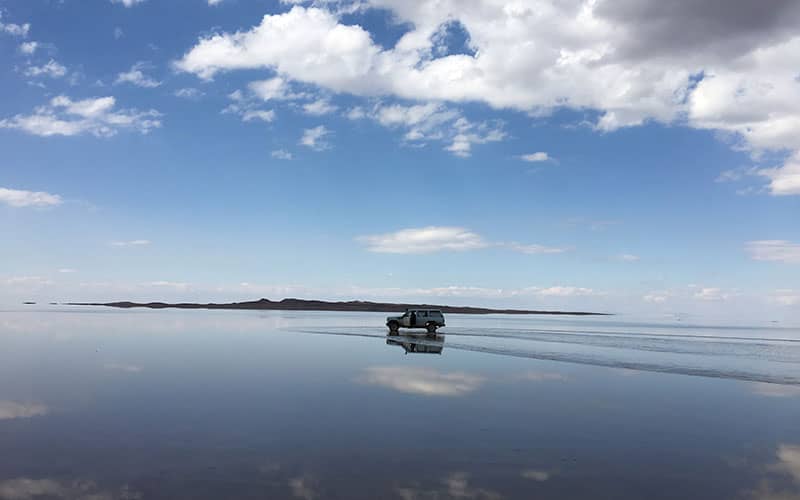
11. Sargerdan Island in Salt Lake
– Address: 35 kilometers northeast of Aran and Bidgol, Salt Lake
In the vicinity of the southern shore of the dry salt lake, another interesting and picturesque area named ‘Sargerdan Island’ is located. To reach this natural tourist attraction, one must first travel from Kashan to Aran and Bidgol, then proceed 35 kilometers on the Maranjab road to reach the salt lake. The island is positioned 15 kilometers inside the lake. Experts believe that the highest part of Sargerdan Island, with an 808-meter elevation from sea level, consists of volcanic rocks. The naming of this beautiful and unique area stems from the disappearing ends of the island on the horizon, creating a mesmerizing view resembling a drifting ship in the endless sea of the desert.
Yazdol Village, Imamzadeh Hadi ibn Sajjad Shrine, Naqshineh Mosque (Qasem Mosque), Haji Suleiman Sabahi’s tomb, Salt Lake, and Ouyi Underground City are among the other tourist attractions in Aran and Bidgol County. Travelers and tourists can explore these places and share their experiences with Kojaro and other users.
Frequently Asked Questions:
– What are the historical sites in Aran and Bidgol?
Imamzadeh Mohammad Helal Shrine, Marnjab Caravanserai, Qazi Aran and Bidgol Grand Mosque, Shaker Historical Garden House.
– Where is Maranjab Desert?
Maranjab Desert is located in the northern part of Aran and Bidgol County.

